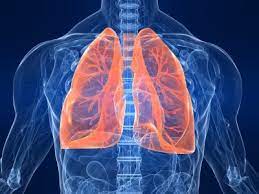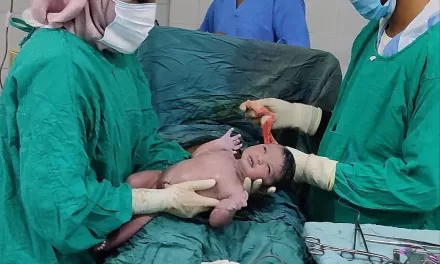In a groundbreaking revelation, scientists have discovered that the fluid-filled sac surrounding our lungs, previously thought to serve merely as a protective cushion, also harbors potent virus-eating cells that rush into the lungs during flu infections, offering a new perspective on lung health and disease management.
Led by virologist Juliet Morrison from UC Riverside, the discovery team identified macrophages, immune cells known for their ability to engulf and destroy foreign invaders, including viruses, bacteria, and cancer cells, within the pleural cavity surrounding the lungs. This unexpected finding challenges previous assumptions about the role of the pleural cavity and its potential impact on lung health.
“The name macrophage means ‘big eater.’ They gobble up bacteria, viruses, cancer cells, and dying cells. Really, anything that looks foreign, they take it up and destroy it,” explained Morrison. “We were surprised to find them in the lungs because nobody has seen this before, that these cells go into the lung when there’s an infection.”
Published in the Proceedings of the National Academy of Sciences, the study highlights the crucial role of these macrophages in reducing inflammation and controlling disease levels within the lungs during influenza infections. The presence of these virus-fighting cells outside the lung cavity underscores the interconnectedness of different bodily compartments in responding to infections and maintaining overall health.
The researchers used a laser-based technique to track macrophages entering the lungs of mice during flu infections and observed a significant increase in disease severity and lung inflammation when these cells were removed from the equation.
“Our approach was to take information already out there and put it to new use, and we were able to see something new,” Morrison said, emphasizing the potential for reevaluating existing data sets to uncover novel insights into immune responses and disease mechanisms.
Looking ahead, the research team aims to identify the proteins that signal macrophages to move into the lungs, with the goal of developing drugs that can either boost the number of macrophages or enhance their activity. This strategy, known as host therapeutics, offers a promising avenue for combating infections while mitigating the growing problem of antibiotic and antiviral resistance.
“If we can boost what resolves infection in us, we probably have a better shot. We’re less likely to have resistance. The immune system is so complicated, but it’s our best bet in the long run to work with what we have rather than chase viruses that continue to escape our therapeutics,” Morrison explained.
The discovery opens up new possibilities for developing targeted treatments that harness the body’s natural defenses to combat infections effectively and pave the way for more resilient and sustainable approaches to managing infectious diseases.












